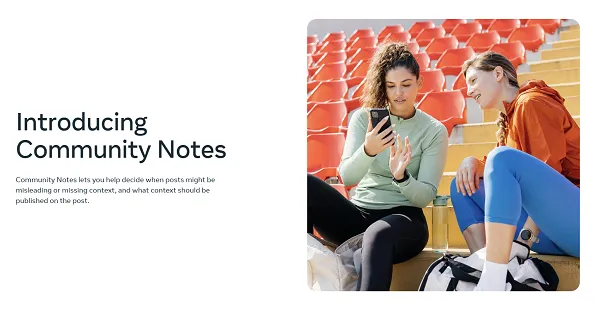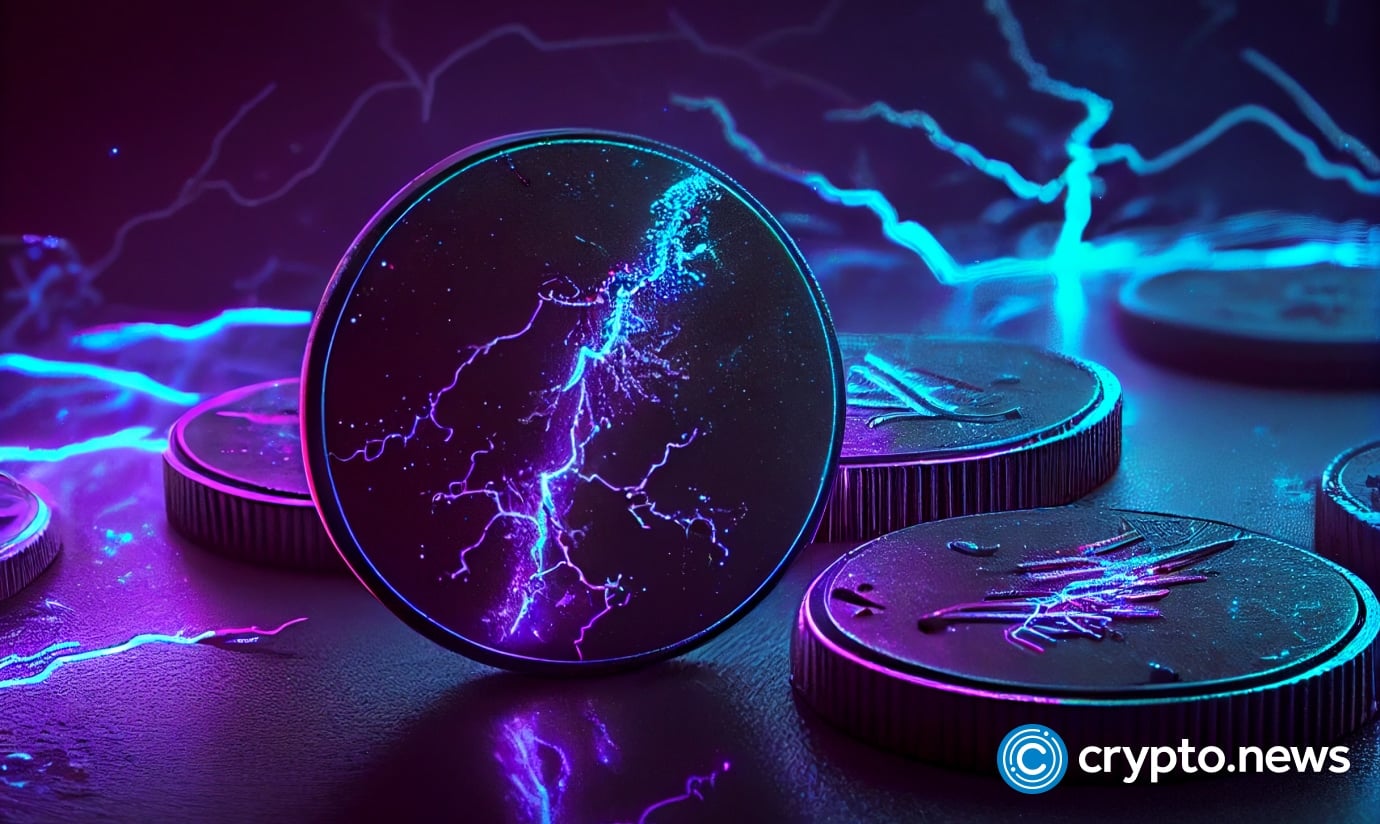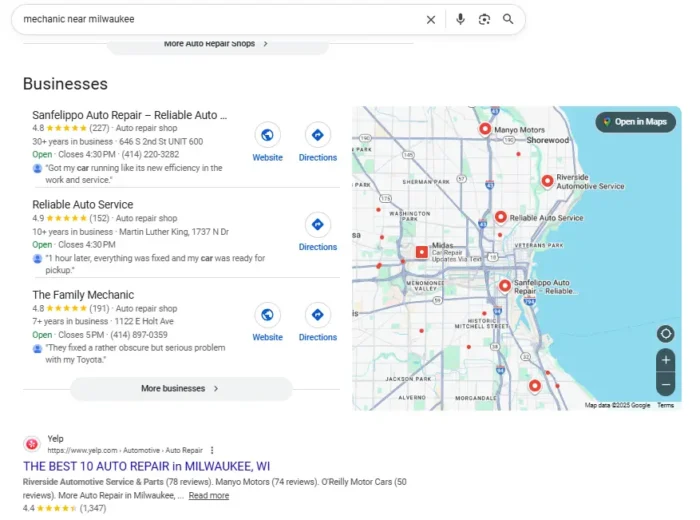How the Scarcity Principle Can Transform Ecommerce
Welcome to Creator Columns, where we bring expert HubSpot Creator voices to the Blogs that inspire and help you grow better.

Welcome to Creator Columns, where we bring expert HubSpot Creator voices to the Blogs that inspire and help you grow better. In 2005, Ben Fischman was CEO of SmartBargains. It was a discount website selling everything from bedding to luggage. The deals were fantastic. Visitors flocked to the site for prices up to 75% off. It was an overnight success. But by 2007, the buzz was gone. Competitors had cropped up. Dozens of newer sites were offering better deals and cheaper prices. SmartBargins lost its market share, and visitors left in droves. So Fischman tried again — except this time, he eventually sold his comparable website for $350 million. Here's how he did it, and what it means for marketers. In 2008, Fischman launched an entirely new website: Rue La La. Rue La La sold the same products. Same dresses. Same shoes. The entire stock inventory was the same. And yet, Rue La La exploded in popularity. It quickly generated demand and landed Fischman a considerable payday when he sold the site for $350 million just one year later. The secret? Fischman understood the power of scarcity. Rue La La was entirely exclusive. Visitors needed a login to even browse the site. Access was by invitation only. Buyers couldn’t simply sign up — they needed to be invited. The site tapped into urgency for its members: sales lasted just 24 hours, and stock sold out in minutes. Suddenly, shoppers weren’t just browsing. They were rushing. They were excited. The results are impressive, but the psychology behind it is relatively simple: • If it’s hard to get into, it must be good. • If it’s limited, it must be worth having. There is an incredible wealth of evidence that proves how Rue La La’s success wasn’t a one-off. Sure, copying the execution exactly might not work for you, but the principles behind their model are tried and tested. Take these three studies: 2. Cookies from a jar with two cookies are tastier than those from a full jar (and willingness to buy goes up by 43%). Our brains are wired to prefer scarce resources. 3. Limiting the amount of soup consumers can buy (e.g. “only 12 cans of soup per person”) increases sales by 112%. Capping the amount a consumer can buy encourages more sales. Fischman intuitively knew what scientists had proven: People don’t just want great deals. They want exclusivity. Rue La La didn’t sell shoes. It sold scarcity. Let’s finish with three tips you can apply today. This blog is part of Phill Agnew’s Marketing Cheat Sheet series where he reveals scientifically proven tips to help you improve your marketing. To learn more, listen to his podcast, Nudge, a proud HubSpot Podcast Network member.
The Power of Scarcity

Scarcity Examples in Marketing



How Marketers Can Leverage the Scarcity Principle

 Kass
Kass 











![HubSpot's 2025 State of Blogging Report [Data from 500+ Marketers]](https://www.hubspot.com/hubfs/untitled-design-4-67880d8b2a3db.webp)


















